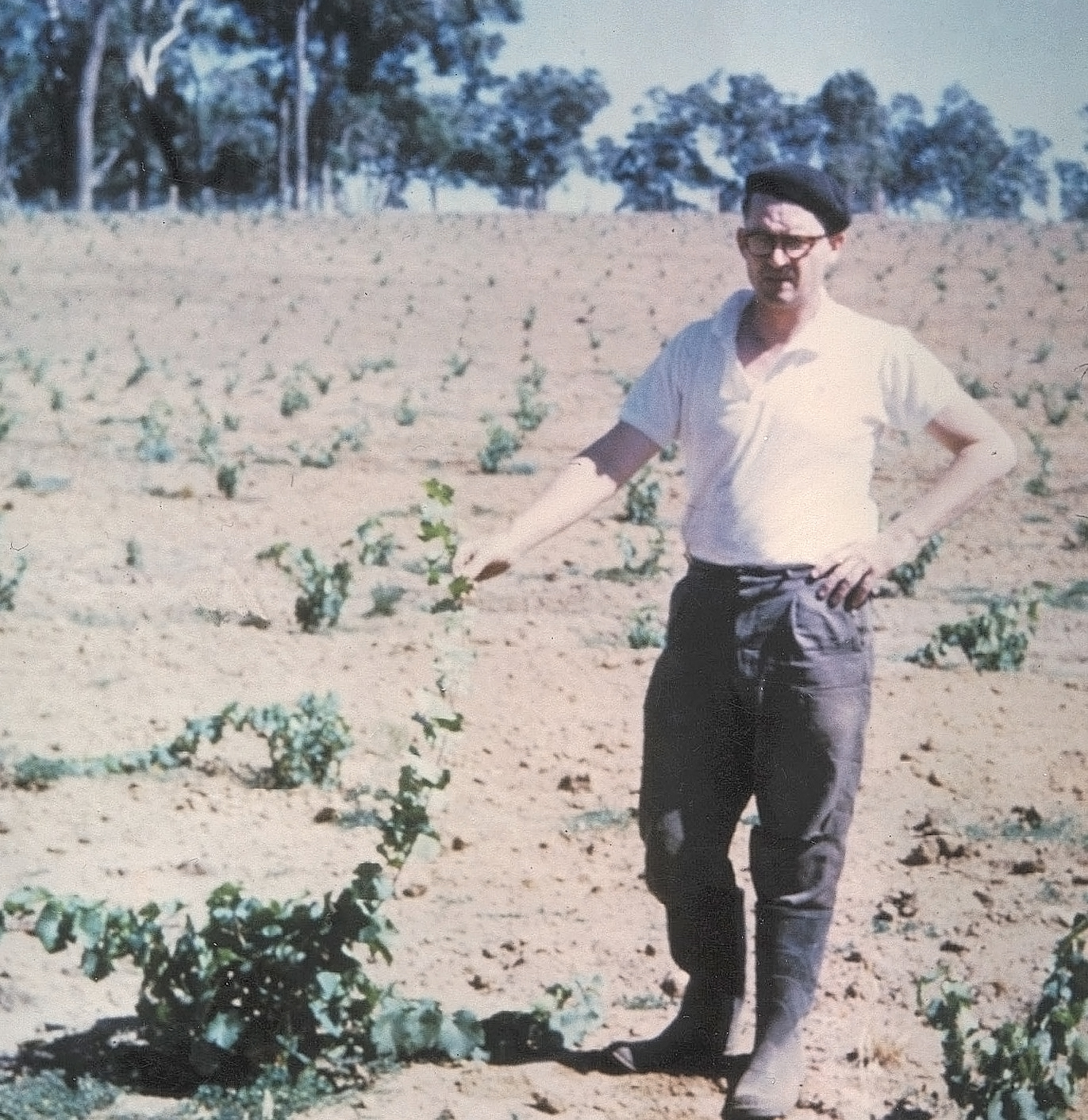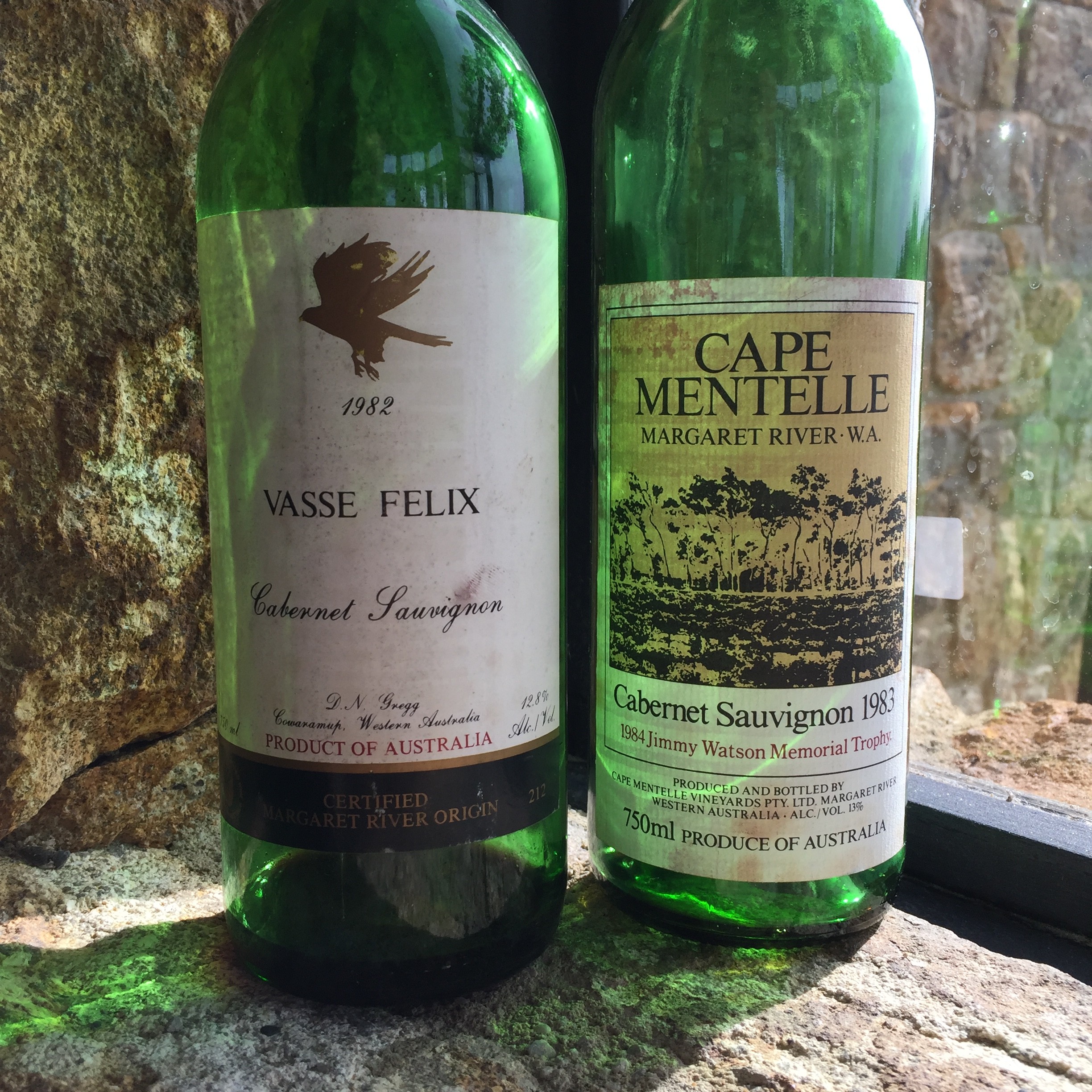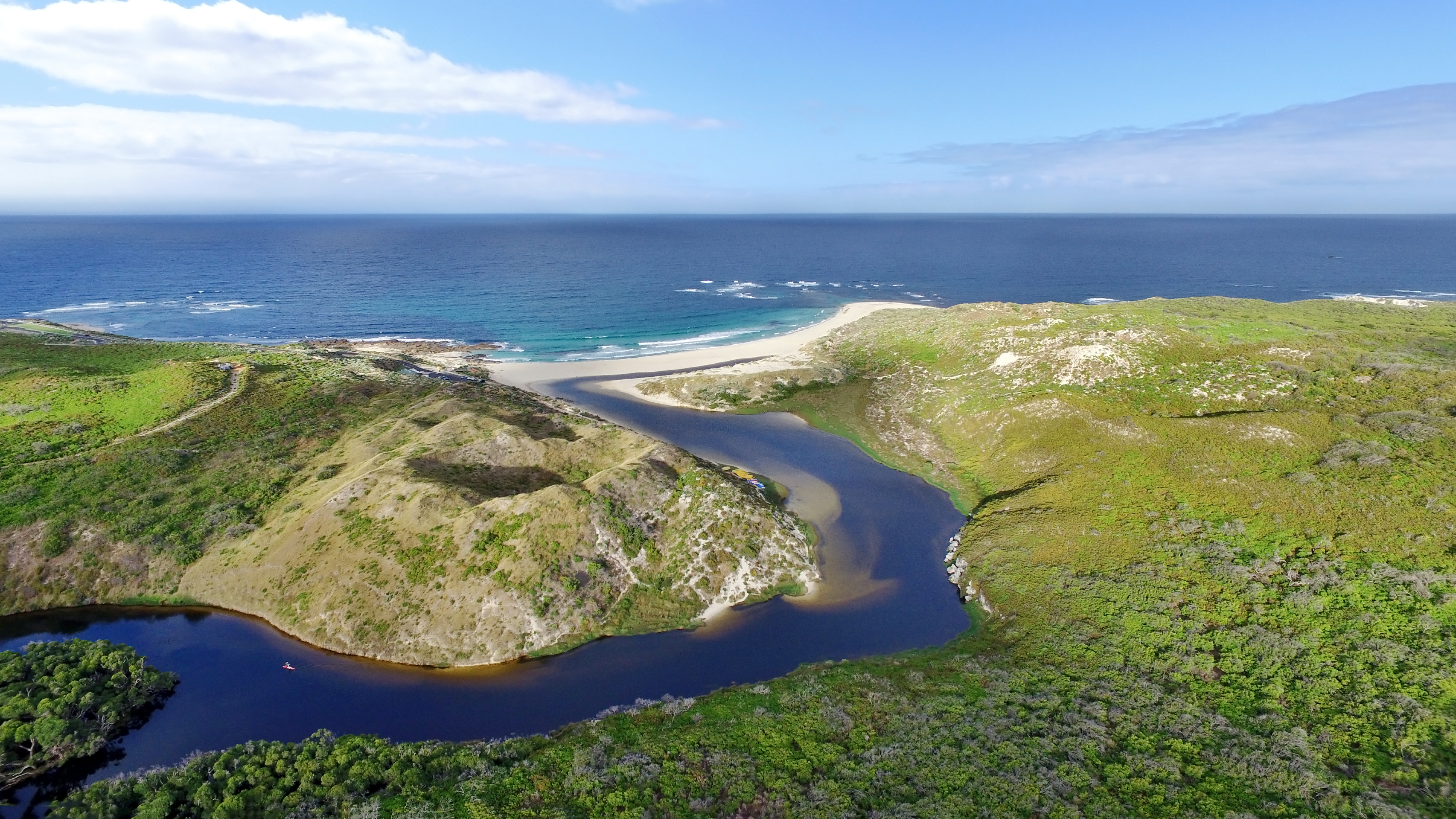Margaret River Celebrates 50 Years of Winemaking

Margaret River’s pioneering winemaker Dr Tom Cullity with riesling vines planted on the grounds of his winery 50 years ago.
Margaret River recently celebrated its 50th anniversary as a wine-growing region as 2017 marks the year the first vines were planted. The occasion featured a significant and retrospective tasting of the region’s two hero wine styles: chardonnay and cabernet sauvignon.
According to the research paper published by University of Western Australia agronomist Dr. John Gladstones, Perth cardiologist Tom Cullity planted the first vines at Vasse Felix in 1967. And this effectively established the viticulture in the region, paving the way for others from Perth to follow suit.
He was followed by the Pannell Family at Moss Wood in 1969, David Hohnen at Cape Mentelle in 1970, Kevin and Di Cullen at Cullen in 1971, as well as the Roe family at Sandalford, the Horgan family at Leeuwin Estate and David and Heather Watson at Woodlands.
These are among the names that continue to lead the wine region today. They’ve invested heavily in the region across multiple generations, and their wines were most certainly the centerpiece of the tasting, which included 35 wines spanning back to the 1982 vintage.
It was thrilling to taste the oldest 1982 Vasse Felix Cabernet Sauvignon and see just how well it had endured throughout these 35 years of maturation. The wine delivers a window to the resilient nature of great cabernet wines, and their reputation has justly climbed to a point of high global regard in the last decade.
The 1983 Cape Mentelle Cabernet Sauvignon is a wine that won significant awards on release and helped put the region’s wines on the map. It also showed the prowess of these wines in the cellar. Typically, they drink very well young, hit a first power band between eight to12 years from harvest and then really peak at a quarter of a century.

Contributing Editor Nick Stock tells us, it is not just endurance or longevity that sets this 1982 Vasse Felix Cabernet Sauvignon apart. See tasting notes below for more details.
Vasse Felix also proved their mettle at the younger end of the cabernet bracket with the stunning 2013 Tom Cullity, which is a blend that sees malbec deployed into a cabernet-dominant blend. While Cullen showcased an extremely graceful 2004 Diana Madeleine Cabernet Sauvignon, Deep Woods Estate, Cloudburst, Moss Wood, Woodlands and Juniper Estate all showed younger wines of exceptional quality.
Cabernet sauvignon vines thrive in Margaret River’s highly permeable, well-drained, gravel-laced soils and consistent Mediterranean climate that delivers just the right amount of rainfall at the right time. The pivot point in recent quality has been the unrelenting detailed refinement in viticultural techniques and vineyard management, resulting in cabernet wines of impressive polish and refinement. The use of other grape varietals is also blossoming. For instance, merlot has long been deployed in blends, cabernet franc also has its fans and malbec is emerging as a very useful option in more recent years.
Chardonnay has long been a legendary style of the region. You’d have to afford it classic status with wine from the early to mid-1980s, carving out a sterling reputation; notably, the Art Series Chardonnay wines of Leeuwin Estate. Margaret River’s famous Gingin clone (Mendoza) has famously underpinned chardonnays with intensity, power and an unquestionable ability to age and develop.
The acid structure in these wines delivers a racy, dynamic core that supports grand textures and rich flavors. Vasse Felix chief winemaker Virginia Willcock reckons they are worthy of high praise as she tells us, “I’m sick of being compared to Premier Cru Burgundy. It’s about time we were compared to Grand Cru wines!”
The 2013 Vasse Felix Heytesbury Chardonnay showed an extremely captivating combination of power and intensity, excelling possibilities in these wines. Likewise, the same applies to Flametree SRS 2014, Deep Woods Reserve 2012 and Cape Mentelle 2012. The older wines that shined include: the stunning 2007 Cullen Kevin John Chardonnay with smoothly arrayed lemon-infused fruits and the bolder 2005 Leeuwin Estate Art Series Chardonnay which delivered peaches, lemons and lightly toasty, grilled-nut complexity.

With spectacular vistas of farmland and stunning coastline, Margaret River is one of the most scenic wine regions.
The other Margaret River wine style that has carved out a solid reputation over time is the Bordeaux-style white blends of sauvignon blanc and semillon. These are extremely attractive fresh young wines featuring crisp immediate appeal and the capability of delivering great complexity and interest over a decade in the cellar.
The region has settled into excellence on most levels. The top producers have established a high standard and the newcomers tend to aim high. Hence, as a result, they explore a wider range of varietals and exploit the ideal climate to farm with minimal inputs, as well as considering natural winemaking techniques in the cellar.
The first 50 years of Margaret River have placed it at the top of Australia’s wine regions, and the next 50 will most certainly assert Margaret River’s standing in truly global terms. — Contributing Editor Nick Stock